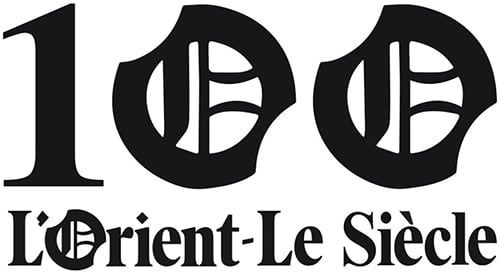Maryse Davadant, intensive care nurse and pioneer in hypnosis at the Chuv hospital. Photo Patrick Dutoit, SAM-CHUV
Hypnosis is being used more and more in medical treatment, and hospitals in Romandy are leading the way. In the large burns unit of CHUV in Lausanne, it is used on a daily basis. A study has shown that hypnosis reduces the time patients are kept in intensive care and saves 19,000 Swiss Francs (CHF) (19.720 USD; 17.450 euros) per patient, and the hospital now wants to extend this into other departments. "If hypnosis were a medication it would already be in all hospitals, but it is an approach and thus it must overcome cultural barriers," says Pierre-Yves Rodondi, a doctor at the University Institute of Social and Preventive Medicine at CHUV. The management team has given the doctor a mandate to study how to use hypnosis: "We are assessing in which areas to use hypnosis, and there is plenty of demand within the hospital," explains the head of the centre for supplementary and complementary medicine.
In CHUV, hypnosis does not conjure up images of people reduced to a zombie-state, being manipulated by magicians in white lab coats. Nothing of the sort. Pragmatism has won over the fears. "There are scientific studies, unfortunately ignored by a large part of the medical community, that demonstrate the effectiveness of hypnosis in pain management: it is a tool that should be integrated into treatment. It works with almost everyone, even those who are sceptical," explains Rodondi.
In fact, according to a scientific study carried out at the Lausanne University Hospital (CHUV) and published in the journal, 'Burns,' hypnosis helps patients with severe burns to recover faster and cuts the cost of therapy: it reduces anxiety, the use of drugs, the overall need for anaesthetics and, on average, cuts five days from the length of stay of patients in intensive care. Saving 19,000 CHF per patient, on average, it would be sufficient to treat just nine burn victims per year by hypnosis to cover the cost of a specialist in the field.
Low-cost treatment for burns
The study – carried out on 23 severely burned people undergoing hypnosis and a group treated in a traditional way – yielded very positive results. For the group treated with hypnosis, pain and anxiety decreased significantly; the number of psychiatric sessions was reduced and doses of opiates and sedatives administered to address very painful medical or surgical interventions was also reduced. Wounds healed quicker, as shown by the decrease in skin grafts applied to the 'hypnotised' group. "It could be related to a lower level of stress, but this is just our hypothesis," explains Maryse Davadant, a nurse in the intensive care unit and a pioneer in the use of hypnosis at CHUV. "On average, we start the first session a few days after the patient is admitted, when he or she is no longer intubated and unable to concentrate. Then we teach them to do self-hypnosis: this is a tool that the patient will always have, and the analgesic effect lasts even after therapy. We have two nurses in the ICU who only do hypnosis," explains Davadant. We ask what the patients' reactions are: "We offer it to everyone, some are aware of it and are interested, whereas others are more skeptical, but almost everyone tries it and is satisfied." However, not all burns patients can be treated with hypnosis, especially elderly patients in a state of confusion or under the influence of drugs.
It acts like morphine on the brain
Given that medicine is becoming increasingly technological, it is harder to create a therapeutic alliance that is focused on the patient: "Hypnosis makes medicine more human. Also, hospital management teams have realized the benefits of hypnosis: it speeds up healing, increases patient satisfaction, shortens stays and saves money", says psychiatrist Eric Bonvin, an expert on hypnosis and professor in the Department of Psychiatry at the University of Lausanne.
He explains what goes on in the brain: "Hypnosis activates the areas of the imagination. Everything is seen as if it were true. Imagination is a powerful ally against fear and against pain. Hypnosis has a similar effect to morphine, acting on areas of pain perception that alter this perception, and even get rid of it entirely. There are effects of illusion: for a child who is scared of injections, we draw an elephant on the skin, we say that the needle is pricking the animal and that the child playing with this picture won't feel the sting: imagination toggles the pain warning signal." Studying this process, we understand the potential of hypnosis: "By altering the focus you can forget the pain. Like the victim of an accident who helps others, without feeling his or her own pain," he says.
"The more I feel pain, the more fear and anxiety I have, which, in turn, intensifies the pain. This is a vicious cycle that medication fails to break, while hypnosis is a good solution," concludes Bonvin, who is also Director of the Valais Hospital in Sion: "We are introducing hypnosis."
Proof that hypnosis will have an increasingly central role in therapeutics can be found in the Romandy Hypnosis Institute, which trains 40 new experts each year: doctors, psychologists, dentists, nurses, midwives, etc. These specialists are able to work in their own field with additional training and it is recognized by the Swiss Medical Association (FMH).

commentaires (0)
Commenter